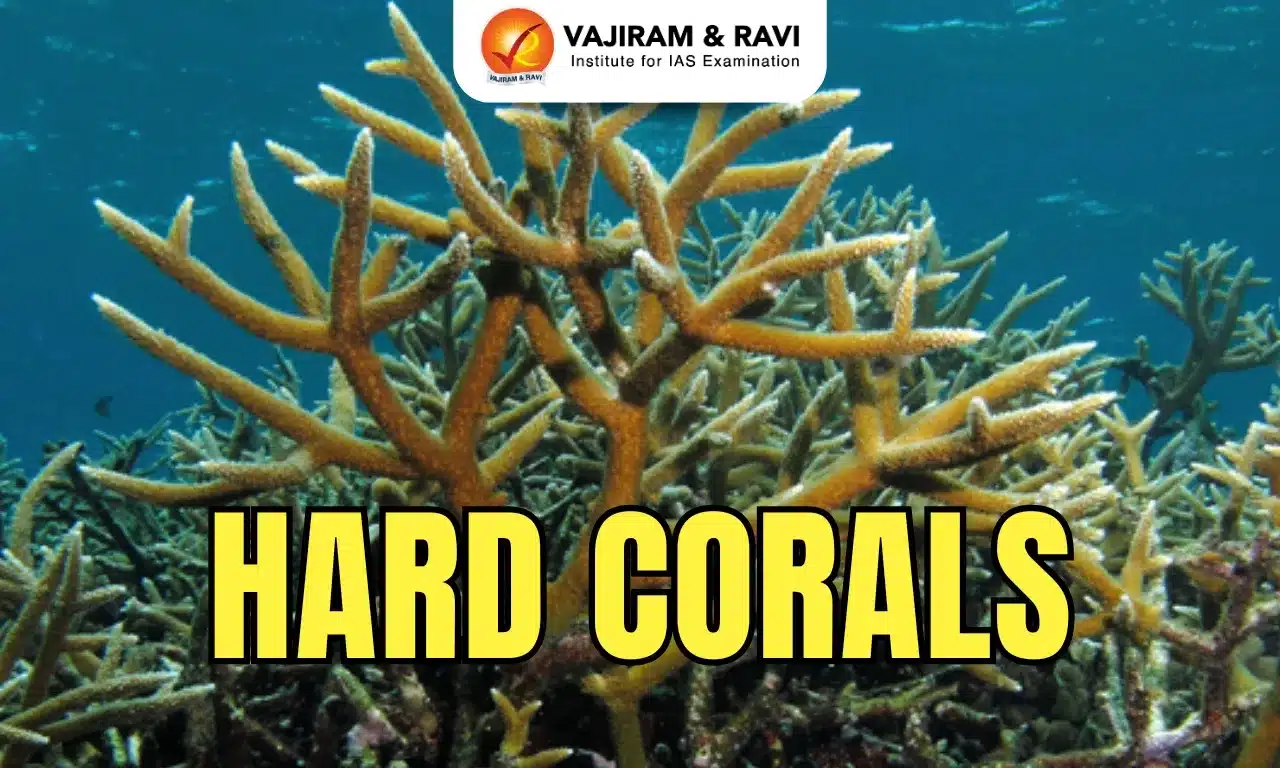About Atmospheric Waves Experiment (AWE)
- It is a first-of-its-kind NASA experimental attempt aimed at studying the interactions between terrestrial and Space weather.
- It is planned under NASA’s Heliophysics Explorers Program, this mission will study the links between how waves in the lower layers of the atmosphere impact the upper atmosphere, and thus, Space weather.
- It will be launched and mounted on the exterior of the Earth-orbiting International Space Station (ISS).
- From the vantage point, it will look down at the Earth and record the colourful light bands, commonly known as airglow.
- The new NASA mission will try to understand the combination of forces that drive the Space weather in the upper atmosphere.
- It will measure the airglow at mesopause (about 85 to 87 km above the Earth’s surface), where the atmospheric temperatures dip to minus 100 degrees Celsius.
- At this altitude, it is possible to capture the faint airglow in the infrared bandwidth, which appears the brightest enabling easy detection.
- It will be able to resolve waves at finer horizontal scales than what satellites can usually see at those altitudes, which is part of what makes the mission unique.
- The health of the ionosphere, whose lower layers sit at the edge of Space, is important for maintaining seamless communication.
What will NASA’S AWE do?
- It will perform focused mapping of the colourful airglows in the Earth’s atmosphere.
- Onboard AWE is an Advanced Mesospheric Temperature Mapper (ATMT), an instrument that will scan or map the mesopause (a region between the mesosphere and thermosphere).
- Using the four identical telescopes comprising an imaging radiometer, scientists hope to obtain the brightness of light at specific wavelengths.
- This information can then be converted into a temperature map, which could reveal the airglow movement and ultimately, give clues on their role in the upper atmosphere and Space weather.
What is air glow?
- It is a faint luminescence of Earth’s upper atmosphere that is caused by air molecules’ and atoms’ selective absorption of solar ultraviolet and X-radiation.
- Most of the airglow emanates from the region about 50 to 300 km above the surface of Earth, with the brightest area concentrated at altitudes around 97 km.
Q1) What Is mesopause?
The mesopause is the point of minimum temperature at the boundary between the mesosphere and the thermosphere atmospheric regions. Due to the lack of solar heating and very strong radiative cooling from carbon dioxide, the mesosphere is the coldest region on Earth with temperatures as low as -100 °C (-148 °F or 173 K).
Source: How a NASA experiment will study ‘airglow’ to understand Space weather and why it matters
Last updated on December, 2025
→ Check out the latest UPSC Syllabus 2026 here.
→ Join Vajiram & Ravi’s Interview Guidance Programme for expert help to crack your final UPSC stage.
→ UPSC Mains Result 2025 is now out.
→ UPSC Notification 2026 is scheduled to be released on January 14, 2026.
→ UPSC Calendar 2026 is released on 15th May, 2025.
→ The UPSC Vacancy 2025 were released 1129, out of which 979 were for UPSC CSE and remaining 150 are for UPSC IFoS.
→ UPSC Prelims 2026 will be conducted on 24th May, 2026 & UPSC Mains 2026 will be conducted on 21st August 2026.
→ The UPSC Selection Process is of 3 stages-Prelims, Mains and Interview.
→ UPSC Result 2024 is released with latest UPSC Marksheet 2024. Check Now!
→ UPSC Prelims Result 2025 is out now for the CSE held on 25 May 2025.
→ UPSC Toppers List 2024 is released now. Shakti Dubey is UPSC AIR 1 2024 Topper.
→ UPSC Prelims Question Paper 2025 and Unofficial Prelims Answer Key 2025 are available now.
→ UPSC Mains Question Paper 2025 is out for Essay, GS 1, 2, 3 & GS 4.
→ UPSC Mains Indian Language Question Paper 2025 is now out.
→ UPSC Mains Optional Question Paper 2025 is now out.
→ Also check Best IAS Coaching in Delhi

















